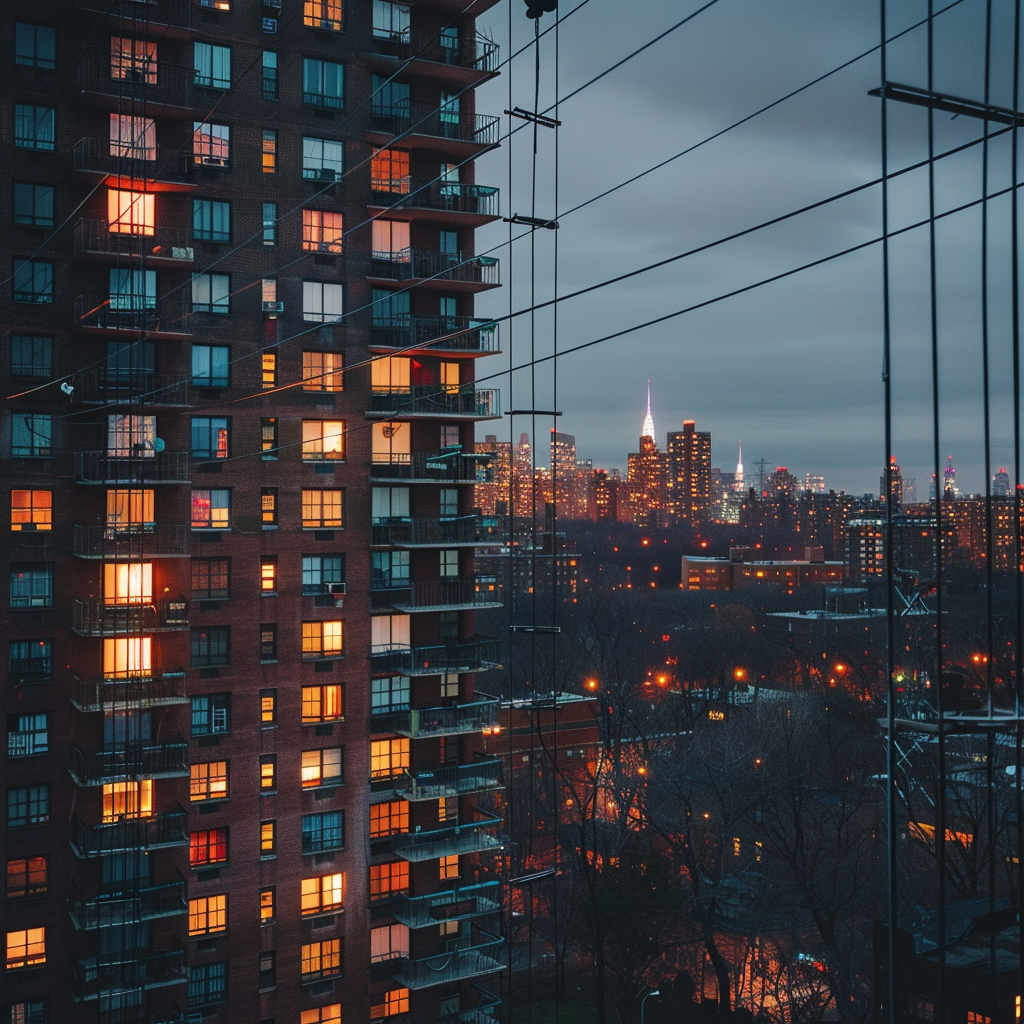We can now add plastic bag bans to the list of “well-meaning but failed experiments” being run in California.
Two devastating pieces in the New York Times and Los Angeles Times reveal how the environmentalist fervor to rid California of thin, single-use plastic bags resulted in a 47 percent increase in plastic waste statewide. Before the ban, California produced 314 million pounds of plasticwaste. By 2022, plastic waste in pounds was closer to 462 million.
Both outlets pin the blame on special interests lobbying for exemptions to the ban, which resulted in the now common 10-cent plastic bag so many shoppers encounter in checkout lines both in and out of California, and now lawmakers are moving to pass new legislation that would take plastic bags of all kinds out of circulation. If reducing environmental impact is the goal, California should brace for another failure.
Assemblymember Rebecca Bauer-Kahan has made her disdain for plastic bags quite clear in saying, “Ten years ago, California attempted to ban plastic bags to stem pollution. Yet, these insidious relics persist, choking our waterways, imperiling wildlife, and despoiling our ecosystems.”
Insidious is a dramatic word choice. Consumers know that plastic bags do not belong in waterways, oceans, and blowing across playgrounds. What is actually insidious —meaning to cause gradual, subtle harm — is the impact of plastic alternatives such as woven bags and paper.
Denmark’s environmental ministry found paper bags need to be re-used 43 times to bring their per-use impact on the environment down to the level of single-use plastic bags, meaning what it takes to produce those bags. Any consumer who has set foot inside a grocery store and hauled food back into their home knows that reusing a paper bag 43 times is near impossible. Paper bags are also 2.6 times as expensive for the consumer, which the government of Canada found in their research after similarly dropping the hammer on single-use plastic bags.
Paper requires trees, energy, and water to produce. For a state that is constantly running into issues with energy shortages, electricity blackouts, as well as water shortages, the plan to curb pollution by increasing the burden of other strained systems is the definition of offsetting costs.
Environmental policy tends to work this way. One state or country will crack down on their emissions output, with no care for what happens on the other side of the globe, and the result is no net improvement in overall emissions. There are significant costs to paper products both for the environment and the consumer.
Cloth bags also are not made from thin air. Your standard cotton tote or grocery bag blows paper products out of the water on the cost-benefit. It takes 7,100 uses of the cloth bag to meet the impact of one single-use plastic bag. A consumer would need to use the bag for 136 years of weekly grocery store visits to be as environmentally friendly as single-use plastic is.
“Environmentally friendly” will always require air quotes of some kind when you’re talking about products being produced from raw materials. A cost always exists whether Californians can see them or not.
For example, polypropylene packaging and woven bags are a 100% byproduct of natural gas and petroleum refinement. These are of course great bags and can be bought at a higher price point in most grocery stores and kept in your trunk the next time you go shopping. They do better on electricity, water, and emissions required to make them, but have you ever heard a major California politician champion natural gas and fossil fuels?
The NYT says California “remains at the forefront of efforts to curb plastic waste,” which is a curious way to frame stubborn failure. Consumers prefer single-use plastic bags because they are cheap, efficient, and convenient when they arrive to shop at the store or pick up food for takeout.
What California can’t seem to get a grip on is the infrastructure required to run a modern waste management system, as well as the will to enforce laws that keep the state clean. Take a walk in downtown San Francisco or Los Angeles and look around. What you’ll see is not a problem being created by plastics.
Originally published here




